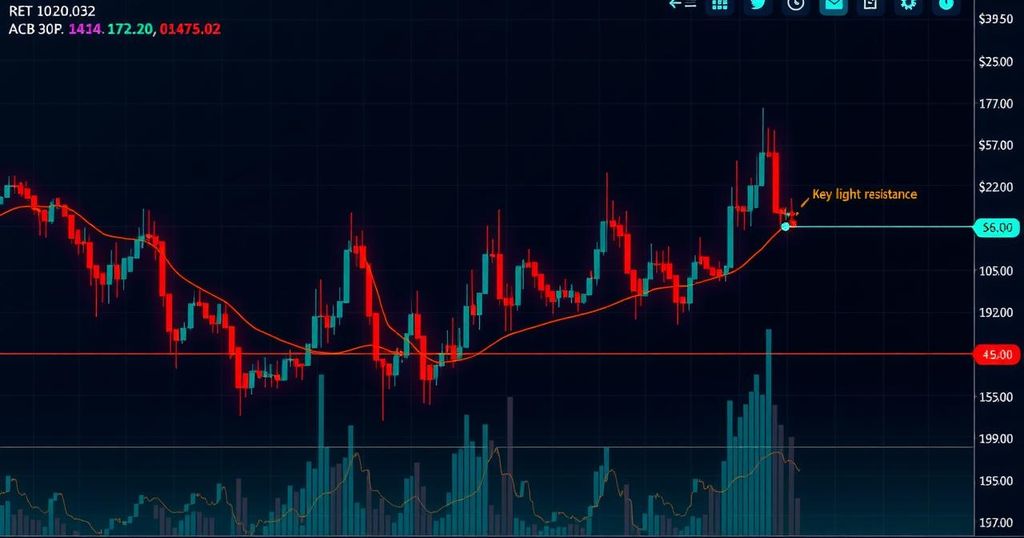Bitcoin Remains Stagnant Amidst Global Monetary Easing Rally
Summary
Bitcoin struggles to rally amidst a global monetary easing campaign by central banks, while traditional assets like stocks, bonds, and gold rise significantly. Despite Bitcoin’s year-to-date gains, it remains well below its historical highs, raising questions about its potential as an inflation hedge and the impact of economic policy changes on its future performance.
As global monetary easing takes hold, traditional asset classes such as stocks, bonds, and gold are experiencing notable gains, while Bitcoin struggles to capitalize on these shifts. This coordinated monetary easing campaign, initiated by major Western central banks including the Federal Reserve, the European Central Bank, the Bank of England, and the Bank of Canada, has led to falling U.S. Treasury yields and a significant rise in the price of gold. In stark contrast, Bitcoin remains under pressure, with its current price hovering around $60,000, which is approximately 20% lower than its all-time high of over $73,500 achieved six months prior. While Bitcoin has appreciated over 40% year-to-date and 127% from the previous year, its performance has been lackluster compared to the upward trajectories of stocks and gold. Observers note that despite this year’s gains, Bitcoin’s value currently stands lower than its record price of $69,000 three years ago. This further raises concerns about its reputation as an inflation hedge, especially considering that the S&P 500 and gold have appreciated by about 33% and 50% respectively during the same period. Historically, Bitcoin has not consistently reacted positively to rate-cutting cycles. During the last easing cycle initiated in 2019, Bitcoin experienced a decline of approximately 15% following the Federal Reserve’s first rate cut. It was only after the substantial monetary interventions during the COVID-19 pandemic that Bitcoin began its significant upward trend. Some analysts argue that without robust, emergency-style measures from central banks, modest rate cuts may not suffice to stimulate a new bull run for Bitcoin.
At present, a global monetary easing strategy is being implemented by several major central banks, which has led to an increase in various asset markets. However, Bitcoin’s failure to benefit from this easing cycle raises questions about its stability and responsiveness to changes in monetary policy. The broader context includes discussions around inflationary pressures, interest rates, and comparative asset performance, primarily focused on how digital currency like Bitcoin fits into this changing landscape of traditional economic indicators and controls. Moreover, historical data indicates that Bitcoin’s price movements during prior easing cycles do not consistently align with those witnessed in traditional markets.
In summary, while traditional assets are witnessing upward momentum amidst a global coordinated monetary easing initiative, Bitcoin’s performance remains stagnant and fails to keep pace with other markets. Historical trends suggest that Bitcoin’s reaction to rate cuts has not always been favorable, leading analysts to speculate that significant central bank interventions rather than mild rate reductions might be required to ignite a new bullish trend for the cryptocurrency.
Original Source: www.coindesk.com








Post Comment